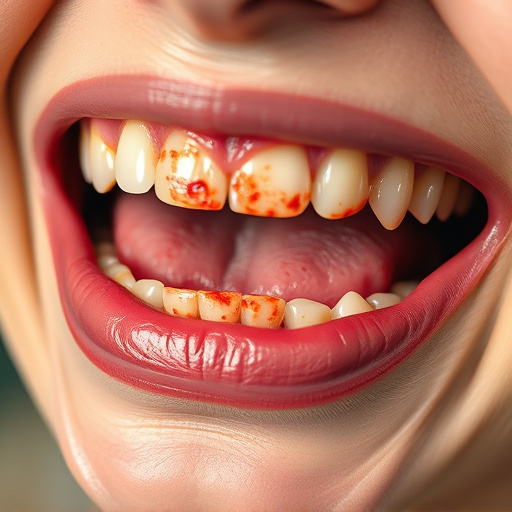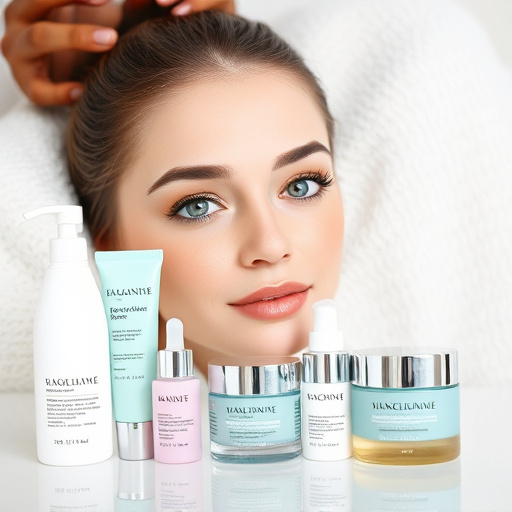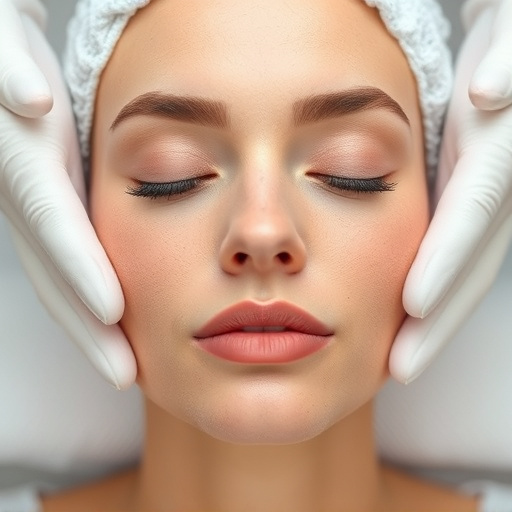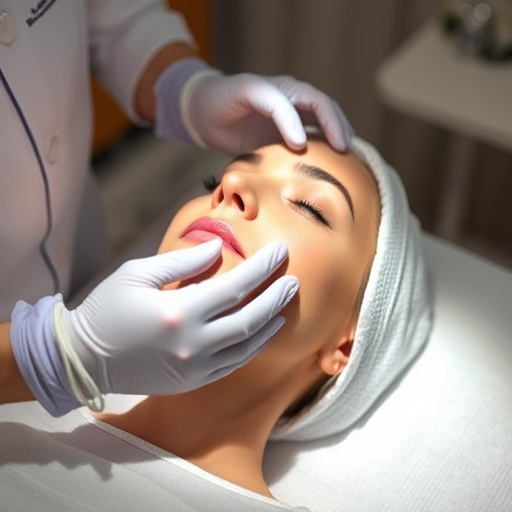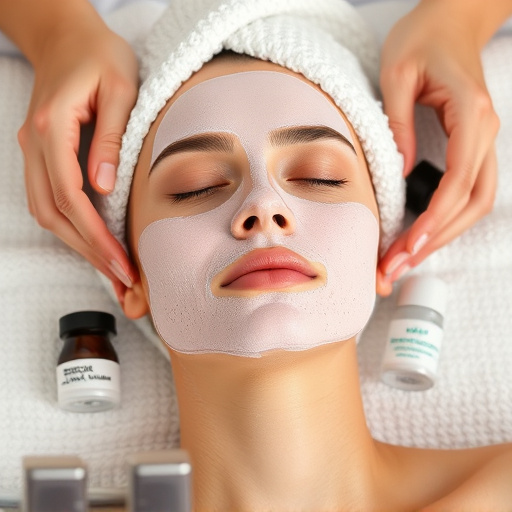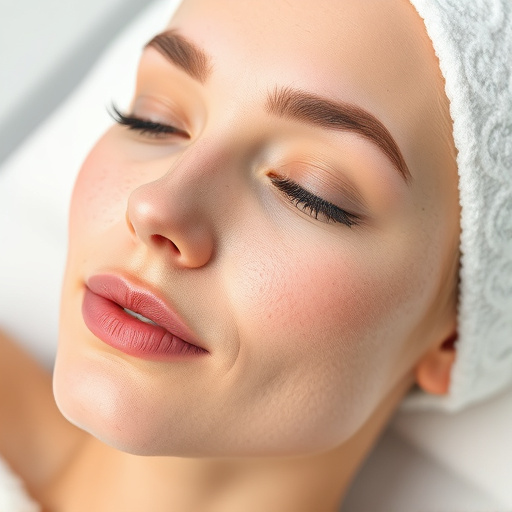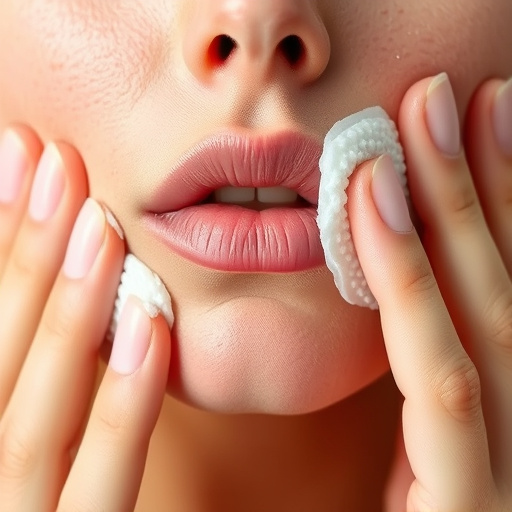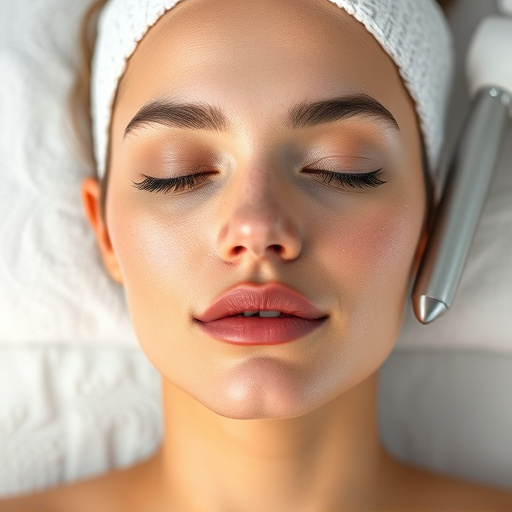Hormonal fluctuations during life stages impact sebaceous glands, causing increased oil production and chest acne in women. Targeted chest acne therapy includes oral contraceptives, topical treatments, and aesthetic services like facials for better management. Medical spa procedures and non-surgical treatments address hormonal imbalances from conditions like PCOS, offering holistic relief for clearer skin.
“Experience persistent chest acne as a woman? It’s time to uncover the root cause. This article delves into the hormonal factors behind this common yet often overlooked skin concern. We explore how fluctuations in hormones, particularly during menstruation and pregnancy, can trigger chest acne. Understanding these triggers is key to effective chest acne therapy. By examining common causes of hormonal imbalance, we provide insights for targeted treatments, offering hope and solutions for achieving clear, healthy skin.”
- Understanding Hormonal Triggers for Chest Acne
- Common Causes of Hormonal Imbalance in Women
- Effective Treatments for Chest Acne Related to Hormones
Understanding Hormonal Triggers for Chest Acne
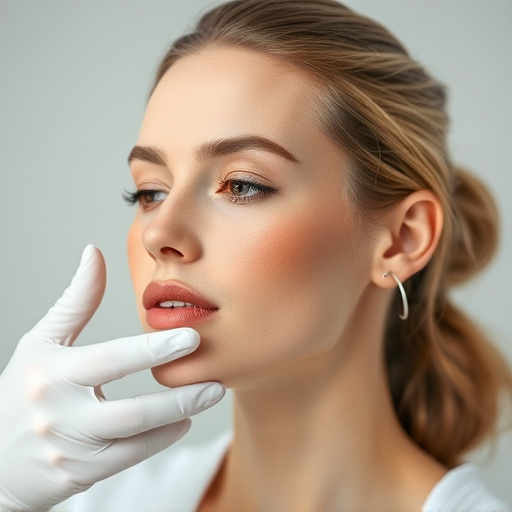
Understanding the hormonal triggers behind chest acne is a crucial step in developing effective chest acne therapy for women. Hormones play a significant role in skin health and are particularly influential during certain life stages, such as puberty, pregnancy, or menopause. Fluctuations in hormone levels can directly impact the sebaceous glands, leading to increased oil production and subsequent acne formation. Androgen hormones, like testosterone, are often cited as key contributors, explaining why chest acne is more prevalent in women than in men.
This knowledge has opened doors to various chest acne therapy options tailored to address hormonal influences. From oral contraceptives that regulate hormone levels to topical treatments targeting the sebaceous glands, many effective solutions exist. Moreover, exploring aesthetic treatments like hydrating facials can provide additional benefits by promoting skin hydration and overall health, which is essential for managing acne-prone skin.
Common Causes of Hormonal Imbalance in Women
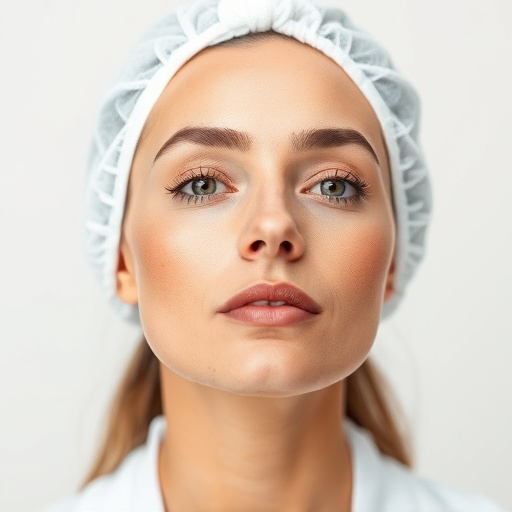
Hormonal imbalance is a common culprit behind chest acne in women. This can be attributed to several factors. One significant cause is fluctuations in estrogen and androgen levels, which can occur during various life stages such as puberty, pregnancy, menopause, or due to hormonal birth control methods. These changes can lead to an overproduction of sebum, the natural oil produced by skin glands, resulting in clogged pores and acne formation.
Additionally, stress and certain medical conditions like polycystic ovary syndrome (PCOS) can disrupt hormone balance. Stress hormones, particularly cortisol, have been linked to increased inflammation and sebum production, exacerbating acne symptoms. PCOS, characterized by irregular periods and cystic acne, is another example of a hormonal imbalance that requires targeted chest acne therapy to manage effectively. Medical spa services and non-surgical treatments offer promising solutions for addressing these underlying hormonal factors and achieving clearer skin.
Effective Treatments for Chest Acne Related to Hormones
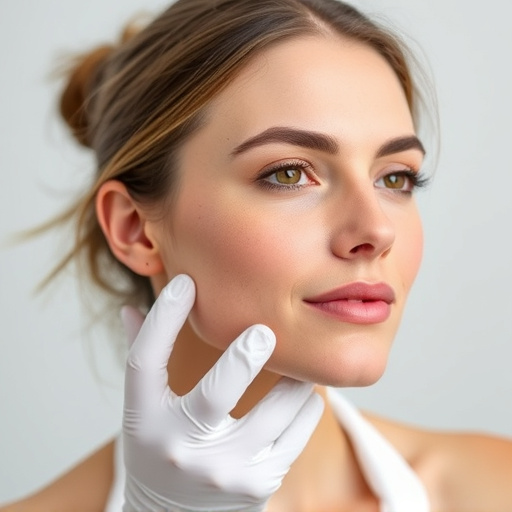
Effective chest acne therapy involves addressing the root cause, which is often hormonal. For women experiencing acne related to their menstrual cycle or menopause, oral contraceptives can be a game-changer. These medications help regulate hormone levels, reducing inflammation and oil production that contribute to chest acne. Additionally, medical spa services offering treatments like chemical peels and laser therapy are popular options. These aesthetic treatments can effectively exfoliate skin, unclog pores, and minimize the appearance of existing acne scars, promoting clearer, smoother skin.
Body contouring procedures such as mesotherapy or targeted lipo have also gained popularity for chest acne treatment. While these methods focus on reducing fat and improving skin texture, they are typically considered for more severe cases or when other treatments haven’t provided significant results. Combining these approaches with a consistent skincare routine and lifestyle changes can offer holistic relief from chest acne, enhancing overall skin health and confidence.
Chest acne can be a frustrating and embarrassing issue for women, but understanding the hormonal factors at play is a significant step towards effective treatment. By addressing common causes of hormonal imbalance, such as stress, diet, and birth control, women can take proactive measures to manage their chest acne. Various treatments, including topical medications, oral contraceptives, and lifestyle changes, offer promising solutions for alleviating chest acne related to hormones. Implementing these strategies can help women achieve clear, healthy skin and boost their confidence. Remember, seeking guidance from a dermatologist is crucial in tailoring a personalized chest acne therapy plan.







